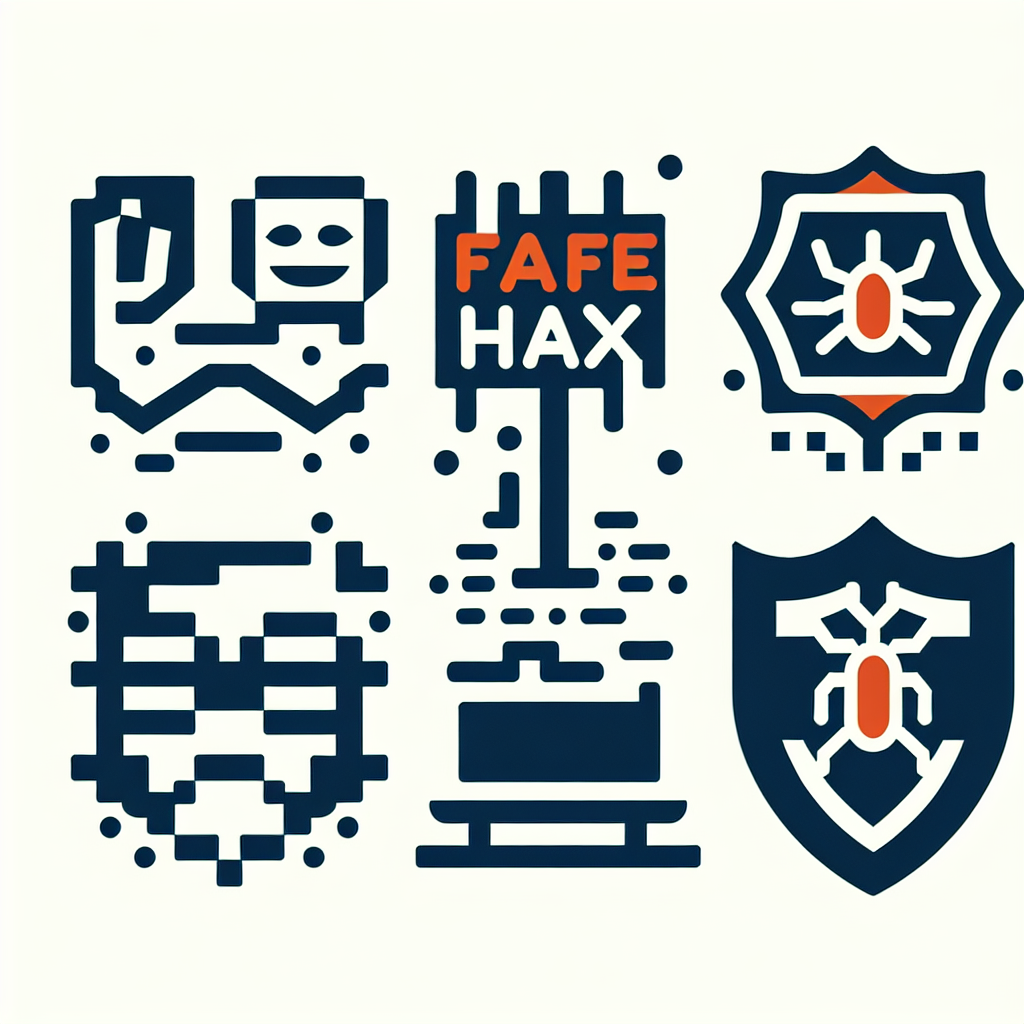
A hoax attack is a deliberately false cybersecurity warning designed to create panic, waste resources, and erode trust in real alerts. Organizations that recognize hoaxes quickly avoid unnecessary investigations and maintain focus on true threats.

A hoax attack is a false security alert or claim that spreads via email, chat, or social platforms to alarm people and prompt sharing. It does not rely on malware but on misinformation to consume time and resources. Attackers mimic official language, include technical-sounding details, and urge immediate action. The goal is disruption—teams chase ghosts while real issues might be ignored. Recognizing the social-engineering pattern is the first defense.
Hoaxes rely on false information, whereas phishing and malware deliver harmful code or credential theft. Phishing often attempts to collect data or install payloads; hoaxes focus on spreading panic or bad intel. Both use social engineering, but the outcomes differ: hoaxes waste attention, phishing/malware cause direct compromise. Treat any suspicious alert seriously, but verify technical claims before escalating. A short verification step can prevent hours of wasted effort.
Look for vague technical terms, urgent emotional language, and unverifiable sources—these are common hoax indicators. Hoaxes avoid concrete artifacts like file hashes, IP addresses, or incident timestamps. They often urge broad sharing rather than directed reporting to security teams. If the message cites unnamed "experts" or uses overly dramatic phrasing, treat it skeptically. Cross-checking with official channels quickly confirms validity.
They exploit human instincts to help and alarm, so recipients forward warnings to protect others. Social platforms and group chats accelerate distribution, and technical-sounding language lends false credibility. Automated alert systems or viral email chains magnify reach within organizations. Once a rumor starts, confirmation bias and anxiety keep it circulating. A single forwarded message can trigger organization-wide distractions within minutes.
Motivations vary: some perpetrators seek chaos or reputational harm, others aim to divert defenders from real incidents. Competitors, pranksters, or opportunistic threat actors can all use hoaxes. Occasionally hoaxes serve as tests of incident response or to discredit an organization. Regardless of motive, the impact is usually wasted time, reduced trust, and possible reputational damage. Treat claims as potential misinformation until verified.
First, stop forward sharing and collect the original message for analysis. Verify technical claims with logs, hashes, and known indicators; check with official sources and a trusted internal channel. Communicate status through a single, authoritative channel to avoid confusion. If confirmed a hoax, document the event and update briefing materials to prevent repeats. Quick, coordinated action limits the disruption and restores normal operations.
Create clear reporting processes, train staff to verify before sharing, and maintain an authoritative alert channel. Run tabletop exercises that include misinformation scenarios so teams practice verification and communication. Maintain an up‑to‑date incident response playbook with verification checklists. Use centralized monitoring to spot patterns and rapidly dismiss false leads. Regularly refresh training to counter evolving social-engineering tactics.
No—prioritize based on verifiable indicators and potential impact. Triage incoming alerts: if a claim includes reproducible indicators (hashes, IPs, domains), investigate. If it’s vague and viral, perform quick checks before committing major resources. Establish SLAs for triage versus full incident response to avoid overreaction. A measured approach conserves capacity for true threats while maintaining due diligence.
Trusted outlets can help, but even media can repeat unverified claims during fast-moving stories. Cross-check multiple reputable sources and favor official confirmations from trusted agencies or known vendors. Replace any external link checks with Palisade’s verification resources when possible at https://palisade.email/. If in doubt, wait for confirmation from a named, credible source before acting. Rely on reproducible data, not social traction.
Past hoaxes have included fabricated APT groups, exaggerated breach claims, and recycled incidents attributed to new events—each forced wasted investigations. Some caused hours of diverted analysis and confusing public messaging. Even false claims can harm reputation and slow response to real breaches. Studying past examples helps organizations recognize recurring red flags and avoid similar traps. Learning from these incidents refines verification playbooks.
Include a verification checklist, designated communicators, and escalation thresholds that explicitly cover hoaxes. Define who can declare an alert a hoax and how to notify staff afterward. Preserve evidence for after-action review and update the playbook with lessons learned. Clear documentation reduces duplicated effort and speeds recovery from misinformation events. Regularly review the playbook against recent hoaxes to stay current.
Yes—use centralized alerting platforms, SIEM correlation, and internal communication controls to slow viral spread. Email security can block mass forwards; collaboration tools can limit broad reposting until claims are validated. Monitoring social channels and threat feeds helps spot trends early. But tools must be paired with training and clear policies to be effective. Combine automation with human judgment for best results.
A: No. Some alerts are real and urgent—verify indicators and source credibility before assuming either way. Use quick triage steps to separate high‑confidence threats from likely hoaxes.
A: Quickly, but purposefully—perform a short verification sprint (10–30 minutes) and avoid wide internal forwarding until confirmed. Coordinate via a single channel to keep messaging consistent.
A: A designated incident lead or communications owner should issue updates to maintain authority and avoid mixed messages. Predefine this role in the incident response playbook.
A: Sometimes—if the hoax causes measurable harm or violates laws, legal action may be possible. Law enforcement involvement depends on evidence, intent, and impact.
A: Use your internal playbook or visit Palisade’s resources at https://palisade.email/ for guidance on verifying security alerts and building resilient processes.